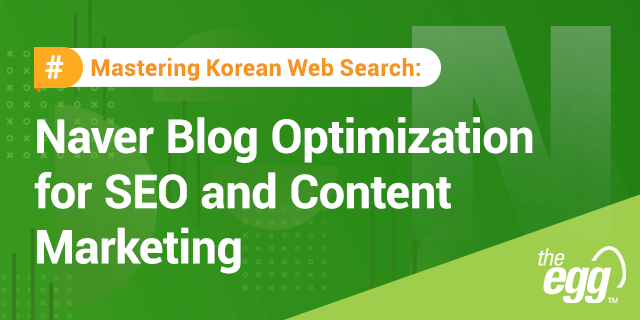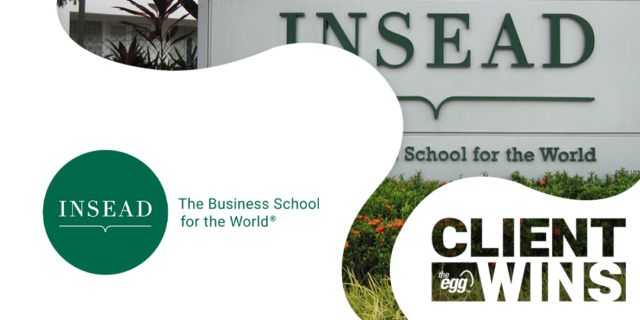China is revolutionizing how we communicate, advertise, and interact: Unlimited internet coverage, big data, and ubiquitous mobile usage are driving unprecedented social connectivity and marketing opportunity.
Here, we look at 4 trends in social media ads, communication, content, and regional focus to help brands optimize their social media marketing in China in 2019:
- Ads: Defining lookalike audiences
- Communication: Leveraging multiple channels
- Content: Creating short videos
- Regional Focus: Targeting Tier 2, Tier 3, and Tier 4 cities
Ads: Using big data to define lookalike audiences
How can I use less budget to get more customers? This is the key question every marketer asks. And the answer involves reaching the right audience at the right time on the right platform. Big data and scientific algorithms help us do just that, bringing new targeting opportunities.
As but one of these opportunities is the ability to define lookalike audiences. Defining lookalike audiences allows you to reach new people who are likely to be interested in your business because they’re similar to your best existing customers.
On WeChat, if you have an advertising account (广告主),you can set up a lookalike group using your existing customers’ QQ numbers, mobile numbers, or other identifier codes. Then, when you advertise on WeChat, you can click this group to find similar audiences.
On the Tencent ecosystem, lookalike audiences can be input on the Tencent Ads platform.
We suggest targeting your followers’ active and loyal audiences (种子用户) to get new lookalike audiences. Don’t forget to create a plan for retaining followers by meeting their demands and expectations of your content and brand.
Communication: Leveraging multiple channels
With the prevalence and variety of Chinese social media, users are distracted by competing content, such as videos, news, fitness apps, reading sites, etc.
Source: Jiguang Statistic
As shown in the image above, the average mobile internet user had 51 apps installed on his/her phone in 2018 Q4.

As shown in the image above, users spend more time on social media than on video or live-stream apps; however, the gap is closing, and people are starting to spend more time on video and live-stream apps given that this is the preferred content format.
When first establishing a social presence, you may not have many followers. In this case, it is important to leverage multiple platforms and channels, such as Douyin, Zhihu, Jianshu, Little Red book apps, KOLs, etc., to increase your brand exposure and awareness.
This doesn’t mean that you must operate a huge and potentially unmanageable number of social accounts—rather, research to understand which channels work best for your brand and audience to drive the most traffic to your primary conversion platform.
Content: Creating short videos
As mentioned above, video as a medium has become mainstream, which means that users prefer this type of dynamic, engaging content. While brands may have to increase their budget to shoot short videos for social media, it is worth the effort, as videos drive deeper engagement. Recognizing this, more than 64% of brands have implemented Instagram Stories into their social strategy this coming year.
In China, according to an iresearch.com report, the short video market boomed to RMB ¥14.01 billion in 2018, a year-on-year growth rate of 52.7%.
Short videos fit well into social stories (vertical videos that disappear after 24 hours), self-made programs, live shows, and more.
Regional Focus: Targeting Tier 2, Tier 3, and Tier 4 Cities

Source: Nielsen & Tencent News
People in Tier 1 cities have become more critical toward purchases, considering such factors as price, suitability, quality, service, etc. There are less likely to make impulsive purchases. However, people in Tier 2, Tier 3, and Tier 4 cities have greater consumption capacity.
In fact, major social video apps, like Douyin, Weibo, and Kuaishou, have a big percentage of their users from Tier 2, 3, and 4 cities. As an example of a big brand focusing on lower-tiered cities, Dyson increased sales by 117.5% in Tier 6 cites in 2018.

According to a Nielsen report, as consumers in first-tier cities become more sophisticated, more of them, ~56%, believe that recommendations from interest groups are important references.
Compared with consumers in first-tier cities, consumers in third- and fourth-tier cities still prefer to trust recommendations from acquaintances and group-purchasing platforms. 66% of consumers purchased products recommended by relatives, friends or colleagues.










